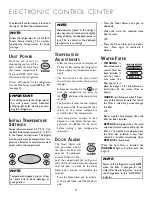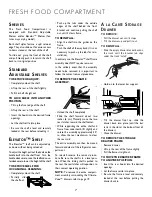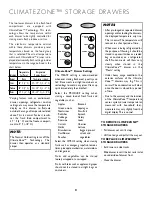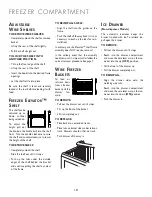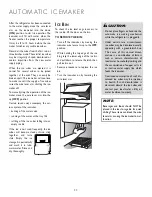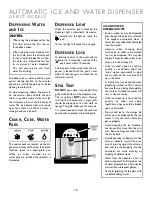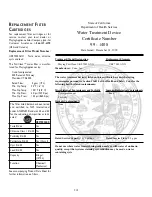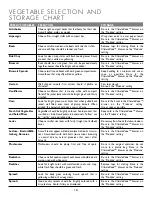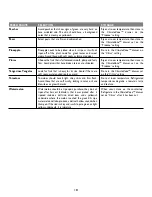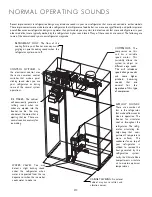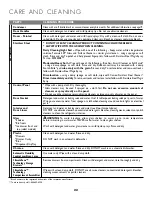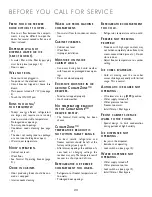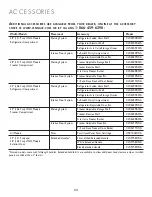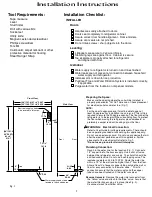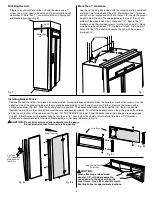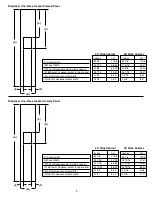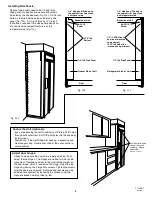
18
FRESH FRUITS
Peaches
Pears
Pineapple
Plums
Tangerines,Tangelos
Tomatoes
Watermelon
SELECTION
Avoid peaches that show signs of green, are very hard or
have wrinkled skin. The skin should have a background
color that is creamy or yellowish.
Select pears that are firm and unblemished.
Pineapple needs to be picked when it is ripe as it will not
ripen off of the plant. Look for green leaves and sweet
aroma. Avoid those with soft spots or fermented odor.
Choose the fruit that is full colored, smooth, plump and fairly
firm. Avoid plums that have broken skin or are shriveled.
Look for fruit that is heavy for its size. Avoid if there are
soft spots, water-soaked spots or mold.
Tomatoes should have bright, shiny skins and firm flesh.
Avoid those that are soft, mushy, lacking in color or have
blemishes or growth cracks.
Watermelon should be ripe upon purchase, they do not
ripen after harvest. Indicators that it was picked after it
ripened include a dull rind, dried stem and a yellowish
underside where the melon touched the ground. A ripe
watermelon will also produce a distinct hollow sound when
thumped. If the rind is shiny and is white, pale green or light
yellow underneath, it is immature.
STORAGE
Ripen at room temperature, then store in
the ClimateZone™ drawer on the
“Produce” setting.
Ripen at room temperature, then store in
the ClimateZone™ drawer set on the
“Produce” setting.
Store in the ClimateZone™ drawer on
the “Citrus” setting.
Ripen at room temperature, then store in
the ClimateZone™ drawer set on the
“Produce” setting.
Store in the ClimateZone™ drawer set
on the “Citrus” setting.
Store at room temperature. Refrigerated
temperatures degrade a tomato’s taste
and texture.
When uncut, store on the countertop.
Refrigerate in the ClimateZone™ drawer
set on “Citrus” after it has been cut.


